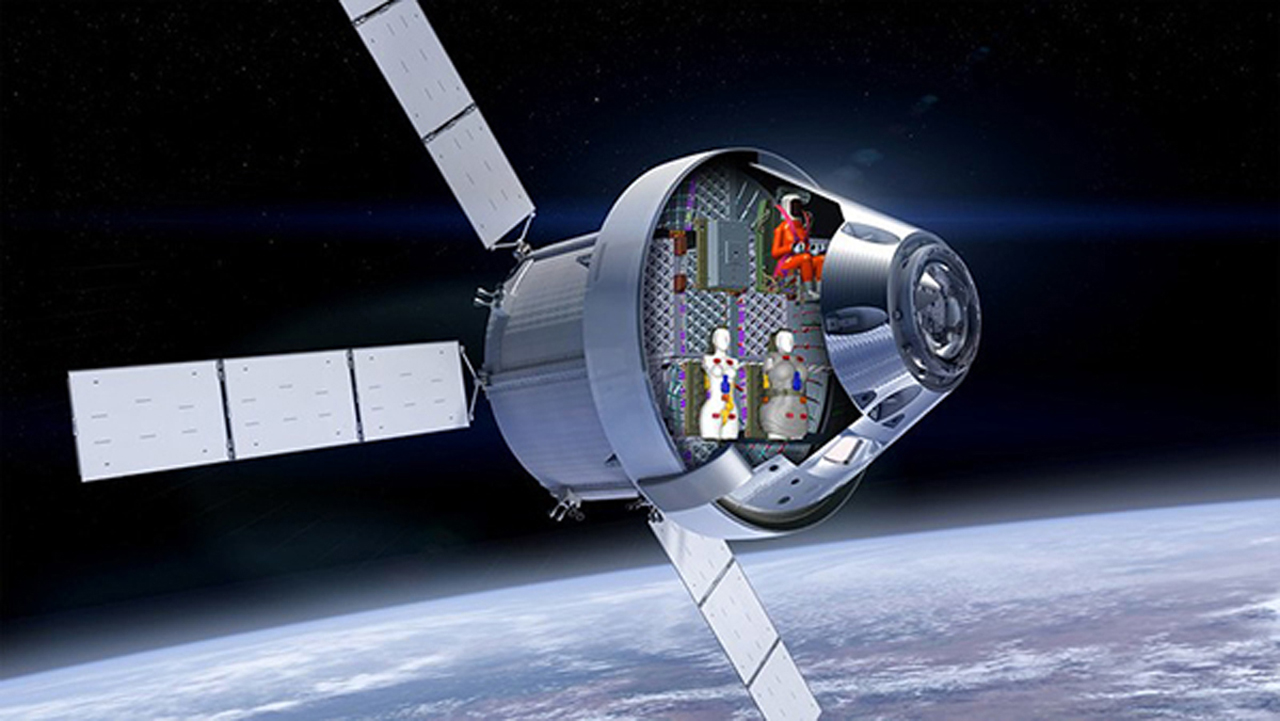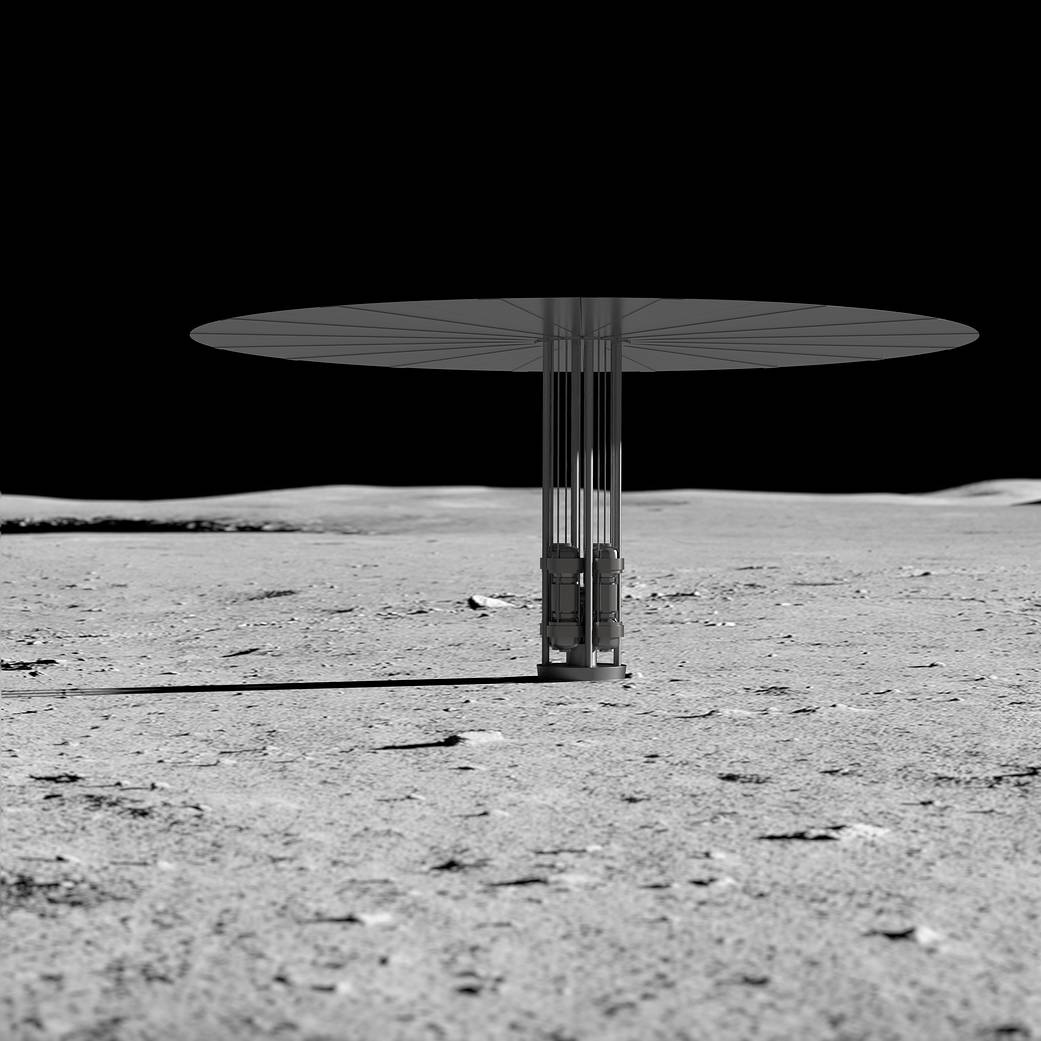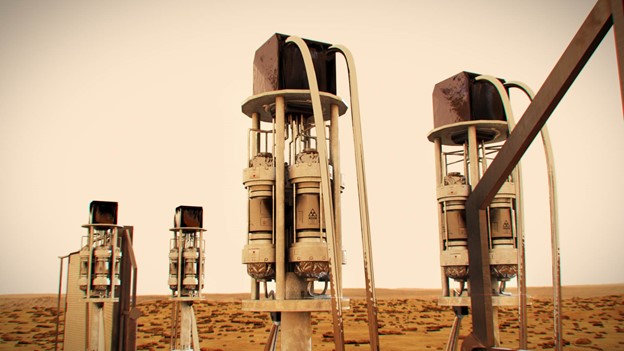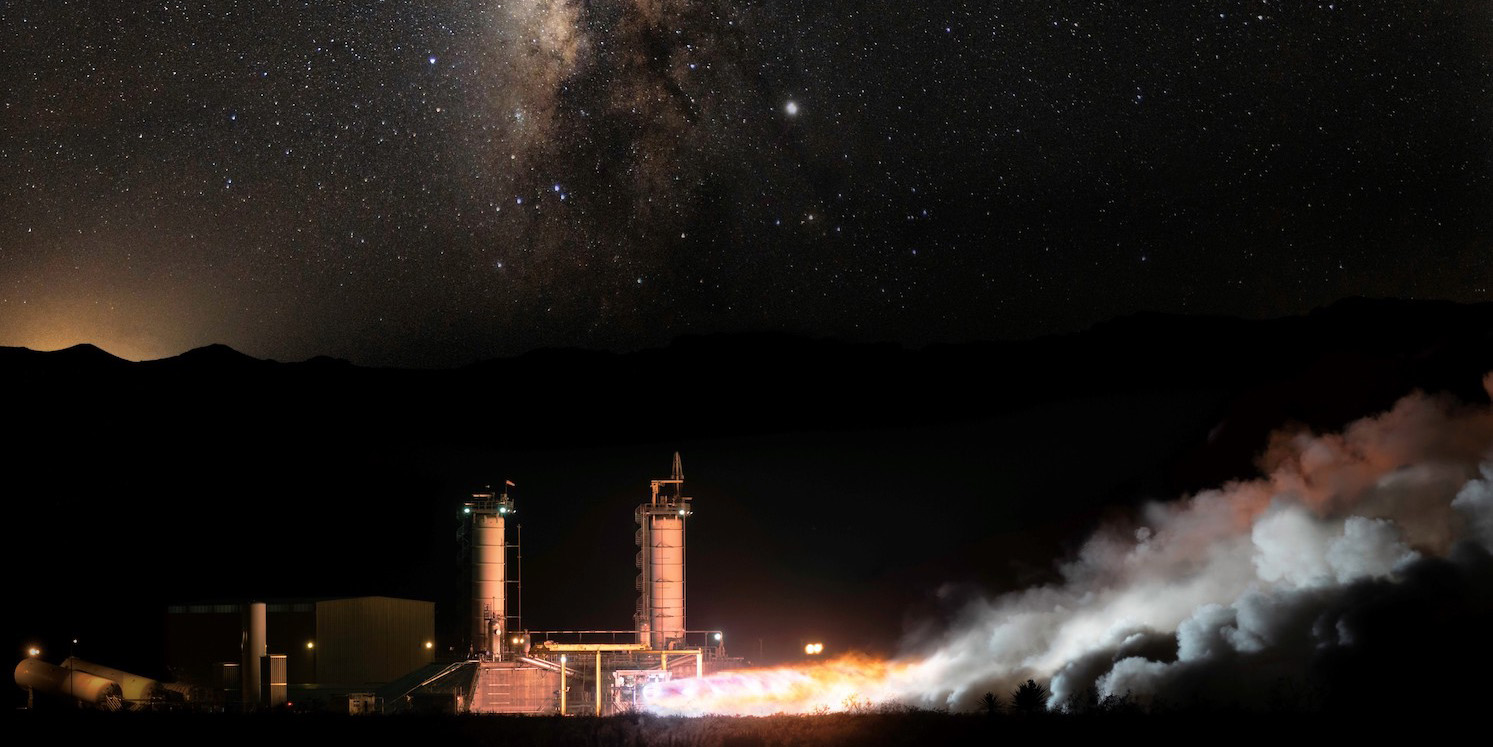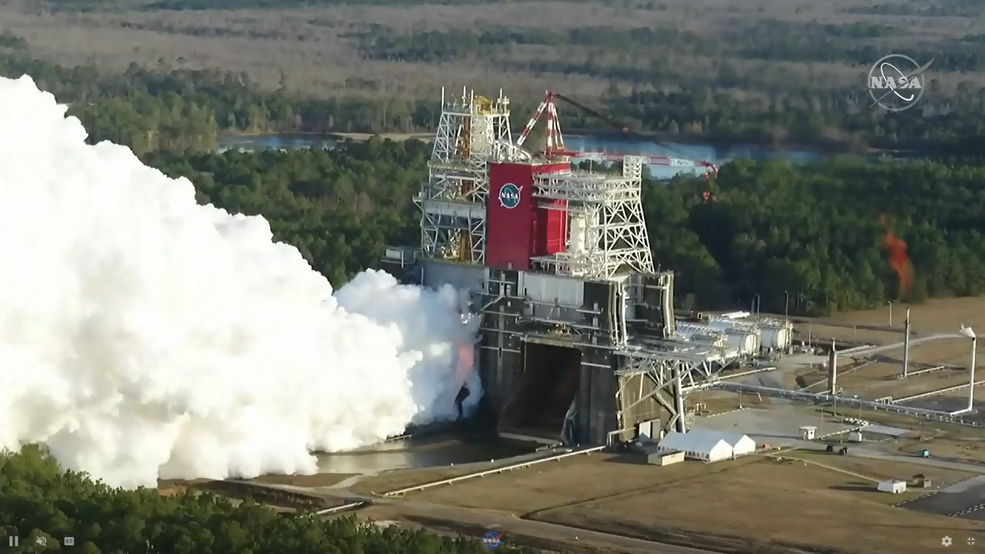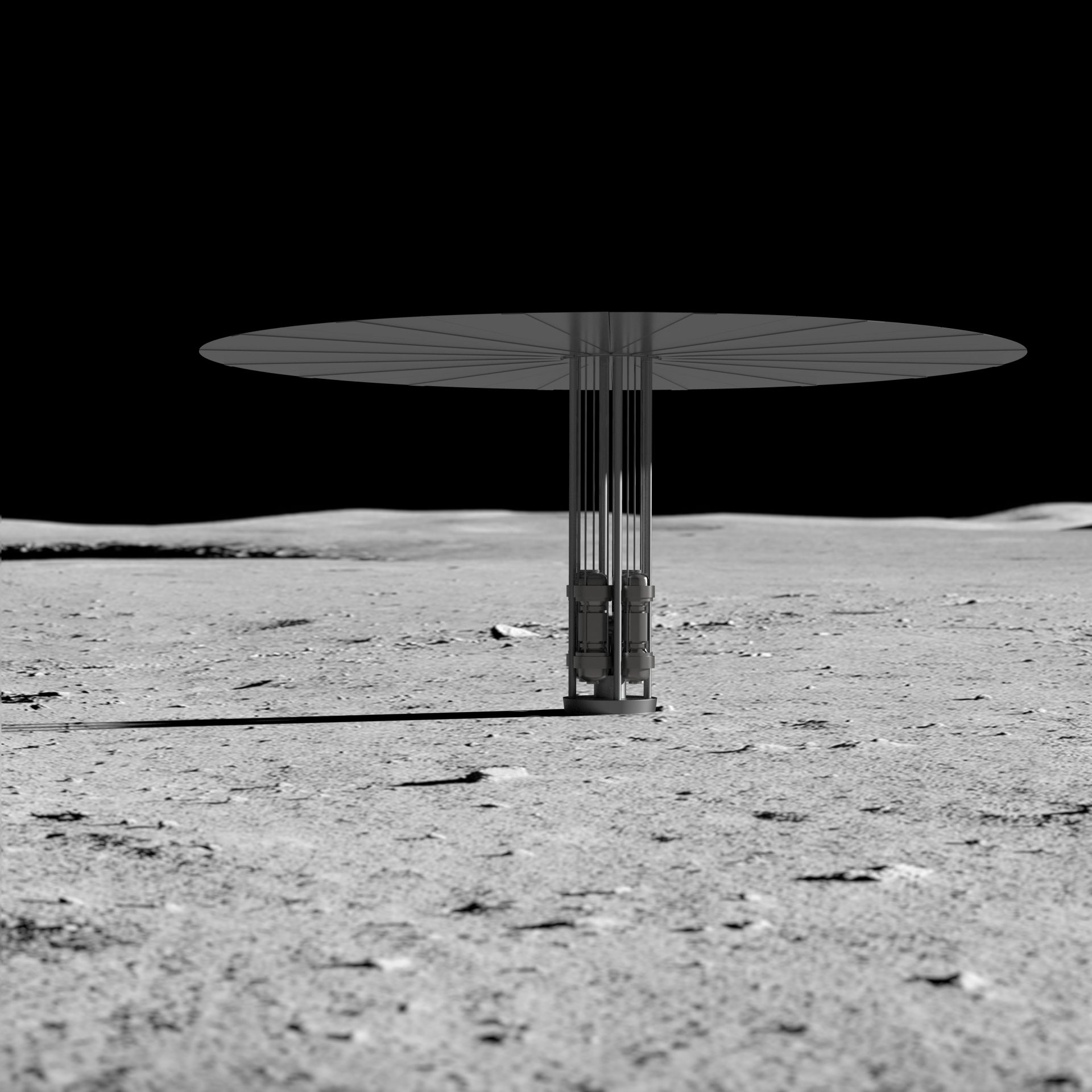A rendering of Helga and Zohar side by side aboard the Orion spacecraft. (Image: NASA/Lockheed Martin/DLR)
NASA’s Artemis I mission, successfully launched at 1:47 a.m. EST on November 16 from the Kennedy Space Center in Florida, will travel 40,000 miles beyond the moon—farther from Earth than any human-crewed space mission has flown before. The historic trip was launched by the world’s largest rocket, the Space Launch System (SLS), nearly 50 years after NASA last sent humans to the moon. And while no humans are on board the Orion spacecraft, two fabricated crew members—“Luna Twins” Helga and Zohar—were assembled with thousands of sensors to obtain the best estimates yet of cosmic radiation exposure to human tissues during space travel.
This landscape speckled with glittering stars is the edge of a nearby, young, star-forming region called NGC 3324 in the Carina Nebula. Captured in infrared light by NASA’s new James Webb Space Telescope, this image reveals for the first time previously invisible areas of star birth. (Photo: NASA)
ANS’s August 4 online event “The New Space Race is Going Nuclear” featured several expert panelists who discussed the growing importance of nuclear technologies in space commercialization and exploration. Although nuclear energy has long played a role in space missions, participants discussed the latest exciting developments in the space nuclear field and presented their views on how increased application of nuclear technologies could fundamentally transform the ways in which both crewed and uncrewed space missions are carried out.
A conceptual illustration of a fission surface power system. (Image: NASA)
Three teams have been picked to design a fission surface power system that NASA could deploy on the moon by the end of the decade, NASA and Idaho National Laboratory announced today. A fission surface power project sponsored by NASA in collaboration with the Department of Energy and INL is targeting the demonstration of a 40-kWe reactor built to operate for at least 10 years on the moon, enabling lunar exploration under NASA’s Artemis program. Twelve-month contracts valued at $5 million each are going to Lockheed Martin (partnered with BWX Technologies and Creare), Westinghouse (partnered with Aerojet Rocketdyne), and IX (a joint venture of Intuitive Machines and X-energy, partnered with Maxar and Boeing).
Artist’s concept of a fission surface power system on Mars. (Image: NASA)
NASA and Idaho National Laboratory have just opened a competitive solicitation for U.S. nuclear and space industry leaders to develop innovative technologies for a fission surface power system that could be deployed on the surface of the moon by the end of the decade. Battelle Energy Alliance, the managing and operating contractor for INL, issued a request for proposals and announced the news on November 19. Proposals are due February 17.
Hot-fire test at Blue Origin’s West Texas launch facility in July 2019. (Photo: Blue Origin)
In July 1969, the public’s attention was fixated on NASA’s Apollo 11 mission—a “giant leap for mankind” that was memorably marked by Neil Armstrong as he stepped onto the surface of the moon. This July, the possibilities of spaceflight are once again capturing the public’s imagination and news headlines. While NASA invests in nuclear propulsion research and development to stretch the limits of U.S. space missions, private companies Virgin Galactic and Blue Origin are stretching the definition of “astronaut” and proving they can offer a high-altitude thrill to paying customers.


